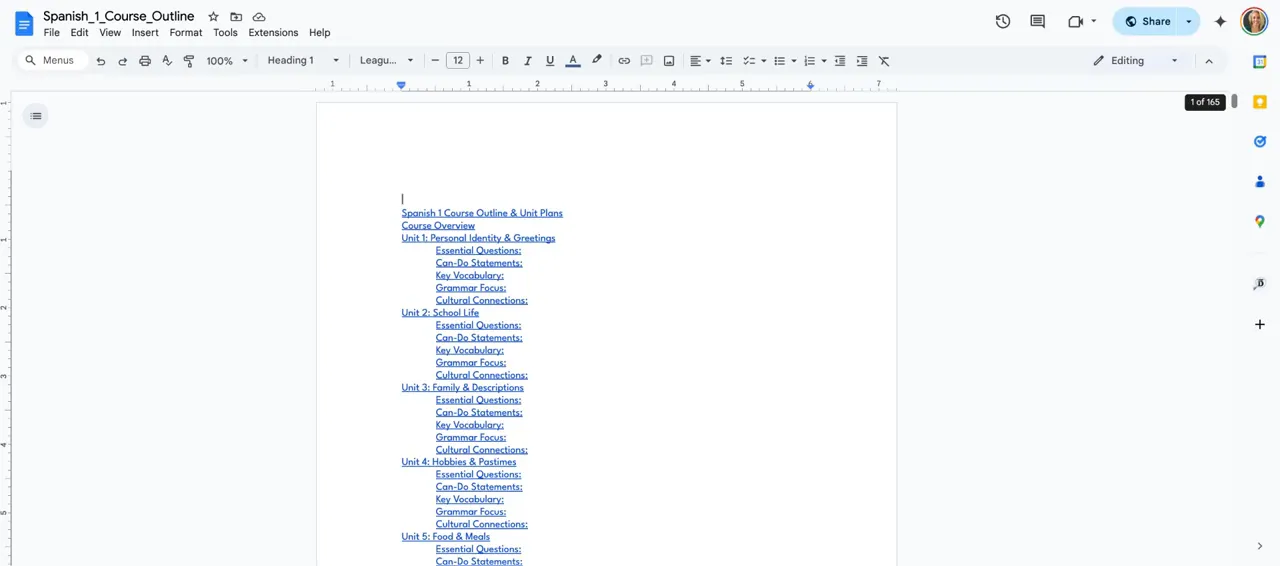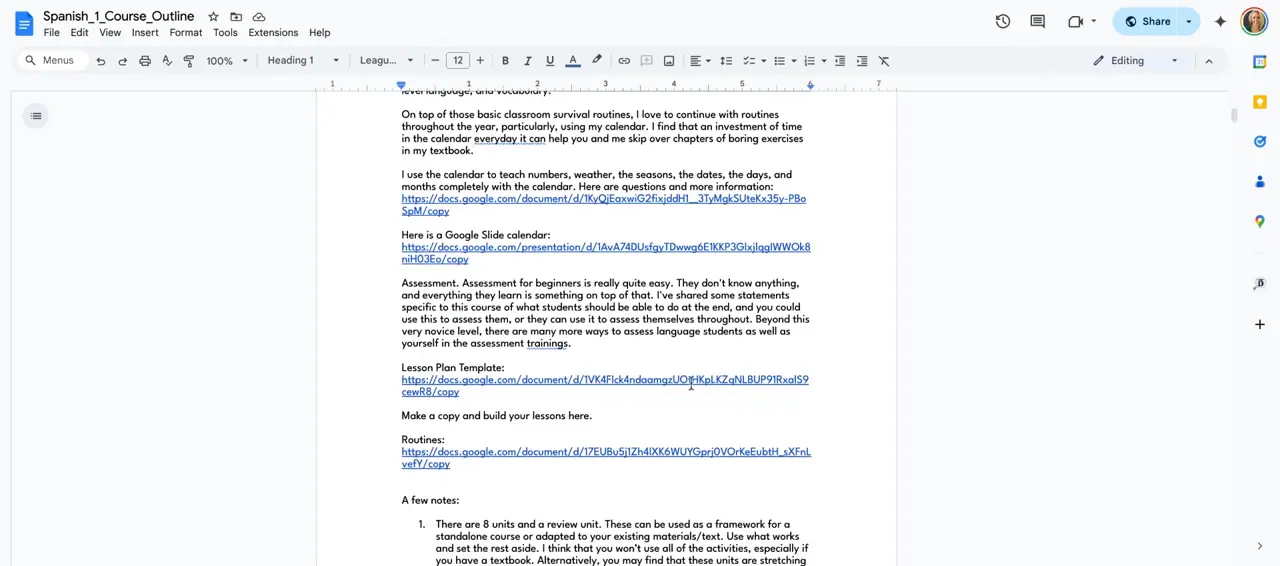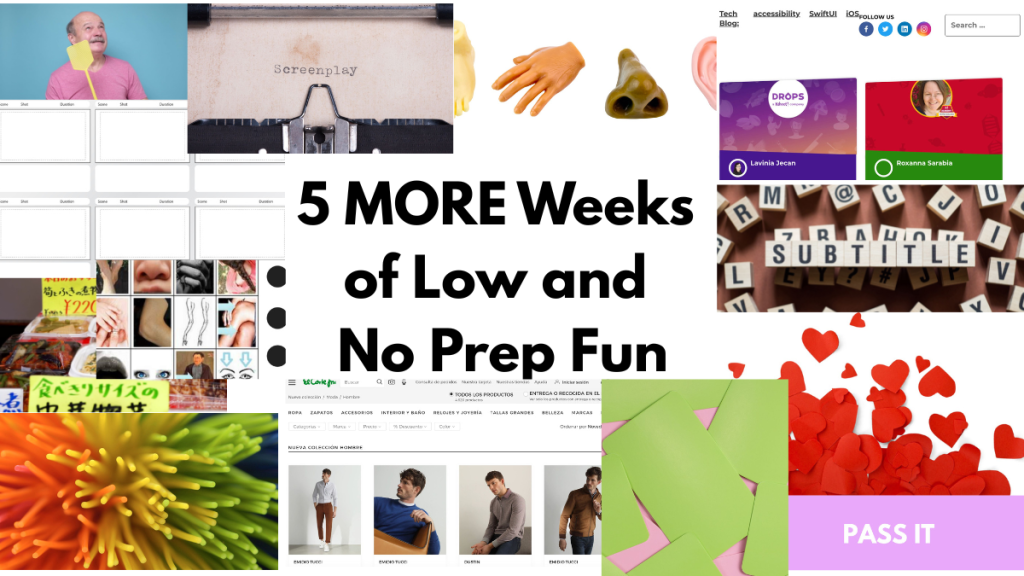This article walks through how to set clear end goals, design units, establish classroom routines, and choose the activities that actually build proficiency. If you want practical, time-saving strategies for a stress-free year, read on.
Outline
- Plan from the end: define proficiency goals and success metrics
- Design units that scaffold toward those goals
- Establish predictable routines to maximise acquisition time
- Choose formative practice and performance tasks that matter
Planning overview: start with the end in mind
Before you plan a single week, spend a couple of focused hours — ideally in the summer when you have uninterrupted time — to map the course. Ask yourself: what should happen at the end of the course? What metric will tell me a student has mastered the content?

Use a proficiency-oriented approach. Tests can be useful exercises, but they are not the same as proficiency. Begin by deciding the scale to use to measure outcomes (ACTFL, CEFR, AP, etc.), and then map out the Can-Do statements, vocabulary sets and grammatical structures that students should be able to use by the end of the year.
Translate goals into a course roadmap
- List final proficiency targets (e.g., sustained conversation, presentational writing, comprehension level).
- Align assessments and performances to those targets — not just traditional tests.
- Sketch units that each contribute a clear subset of Can-Do statements and vocabulary.
- Reserve time early in the year to introduce the class framework and routines.
Establishing routines: the first two weeks matter
Follow Harry Wong’s advice: spend the first two weeks on structures, routines and classroom framework. Do this in the target language so students are immediately acquiring and recycling language every day.

Routines save time and create predictable comprehensible input. Consider routines for:
- Daily openings (calendar, weather, day/date) — great for numbers, months and days.
- Music, reading, videos or games on set days of the week.
- Short daily listening comprehension checks.
These repeated structures allow learners to acquire language naturally and reduce the need to run every textbook activity. Over the first months you’ll see a lot of output — presentations, short spoken tasks, and games — which builds confidence and fluency.
Practical routine examples
- Calendar + Weather (2–3 minutes): numbers, dates, seasons.
- Music Monday / Reading Wednesday / Video Friday: predictable exposure types.
- Daily 1-minute listening: short audio then quick comprehension check.
Engaging activities: formative practice and meaningful performance
Outside routines is where formative practice lives. The practice can and should take many forms so students repeatedly encounter and use the target language.
Formative practice ideas
- Textbook exercises (selectively)
- Speaking exercises and group speaking activities
- Immersion quizzes and listening comprehension tasks
- Skits, dialogues and simulations
- Games (board races, verb games, car games)
- Fluency writing and quick oral fluency checks
Teach grammar after students have had lots of meaningful exposure. When grammar is introduced at the end of a unit, it’s already embedded in the activities and immersion quizzes — which makes grammar easier to internalise and saves instructional time.
Performance tasks that show proficiency
- IPAs (Integrated Performance Assessments)
- Conversations, dialogues and skits
- Speeches, presentations and oral performances
- Socratic seminars and group discussions
- Written paragraphs that mirror spoken tasks
“The juice has to be worth the squeeze.”
Ask this for every activity. Don’t feel compelled to do every activity in a chapter or every exercise in a textbook. If it won’t build proficiency, or if it’s not effective or enjoyable, drop it. Use only the activities that move students toward the Can-Do goals.
Putting it together: unit planning checklist
- Define unit outcomes as Can-Do statements.
- List core vocabulary and essential structures to be recycled.
- Plan daily routines and which receptive/interactive strategies will be used.
- Choose formative practice that provides repeated, comprehensible input.
- Sequence grammar instruction after meaningful input and use.
- Design a culminating performance that demonstrates proficiency.
Final thoughts
Spend focused time mapping your course before the term starts. Build predictable routines so students acquire language without wasting class minutes. Emphasise plentiful, varied practice and save grammar instruction until students have internalised the language through meaningful use. And always evaluate activities by whether they move learners closer to proficiency — the juice has to be worth the squeeze.
I hope you have a great week and that these strategies help you design a more effective, engaging language course.

